CianOReilly
TPF Noob!
- Joined
- Sep 3, 2013
- Messages
- 16
- Reaction score
- 0
- Location
- Ireland
- Can others edit my Photos
- Photos NOT OK to edit
Hi guys. I've been shooting flash photography for a few months now but it has all been indoors. I set my camera to manual and use ETTL for the flash, and then I usually bounce it off a ceiling.
However this New Years Eve I'll be shooting a parade outdoors in the dark, and I'm just wondering what the best way to do this would be?
I'll obviously have to shoot with the flash pointed directly at the subject, but should I use ETTL? or go full Manual on the flash etc..
However this New Years Eve I'll be shooting a parade outdoors in the dark, and I'm just wondering what the best way to do this would be?
I'll obviously have to shoot with the flash pointed directly at the subject, but should I use ETTL? or go full Manual on the flash etc..


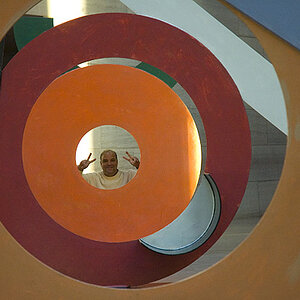
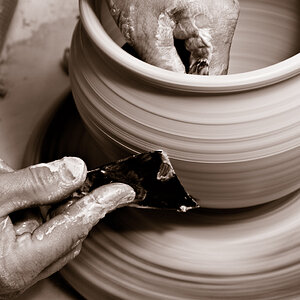
![[No title]](/data/xfmg/thumbnail/34/34144-52e7a5d3e3908ae808afeabfe86fffdc.jpg?1619736317)
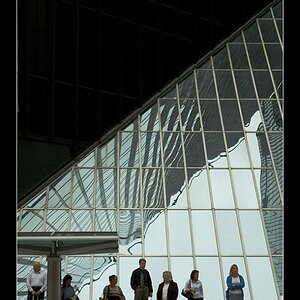
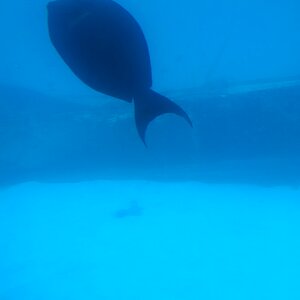
![[No title]](/data/xfmg/thumbnail/39/39439-d0a6beaaf39993860b74ccbd81fdd122.jpg?1619739032)
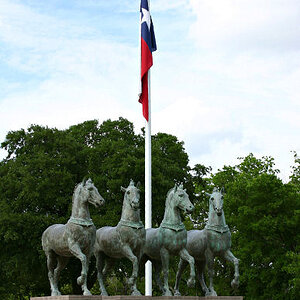
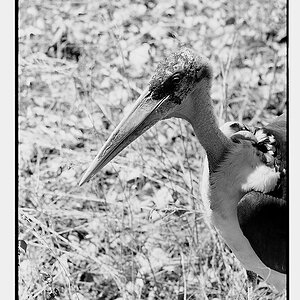
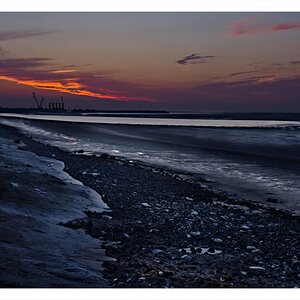
![[No title]](/data/xfmg/thumbnail/42/42019-e6f4e7422d2f8ec66dade714c8b21766.jpg?1619739979)

![[No title]](/data/xfmg/thumbnail/39/39532-073f9eb14e26e2b99cc29112b92a2ab6.jpg?1619739072)